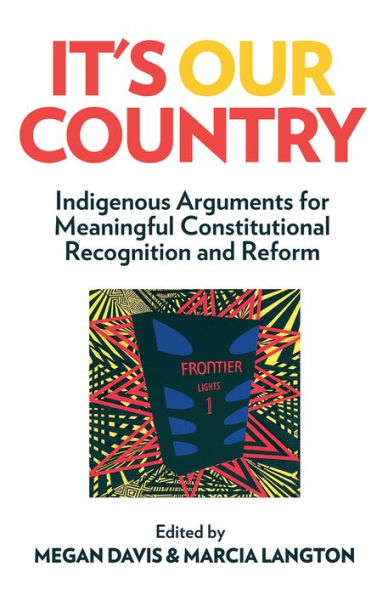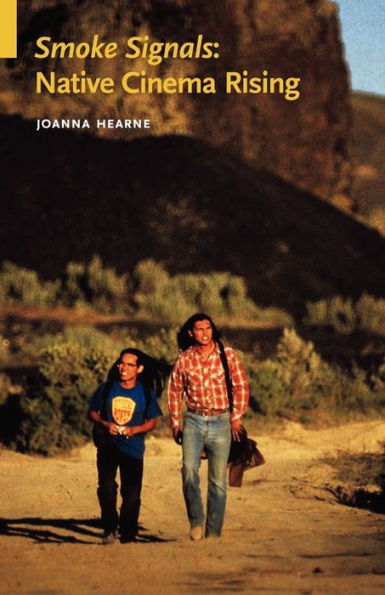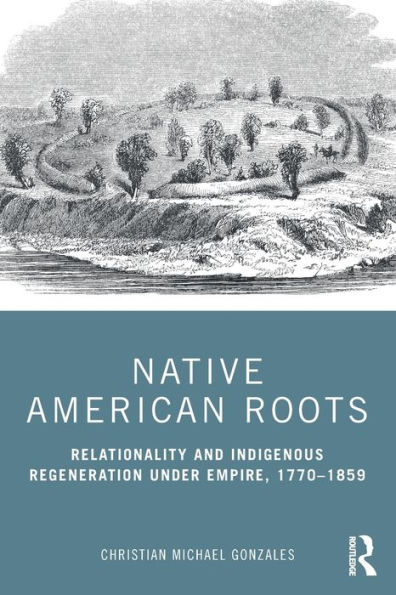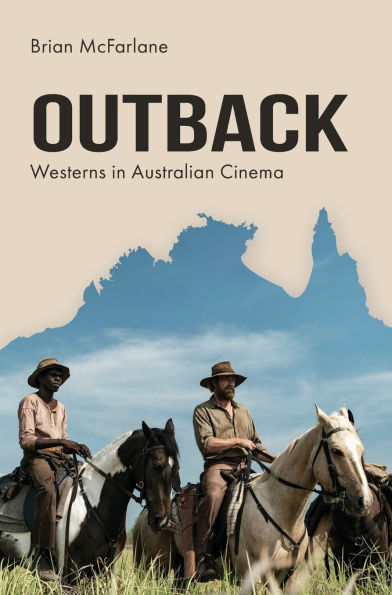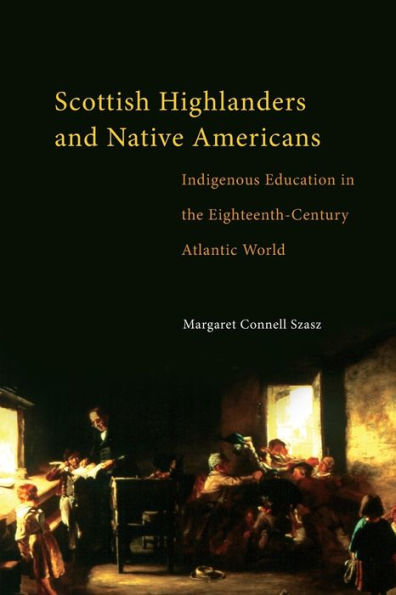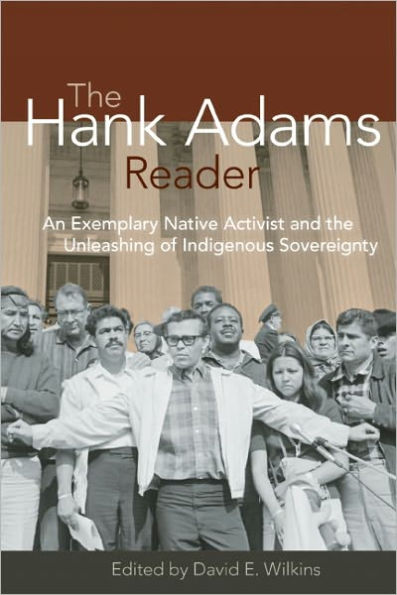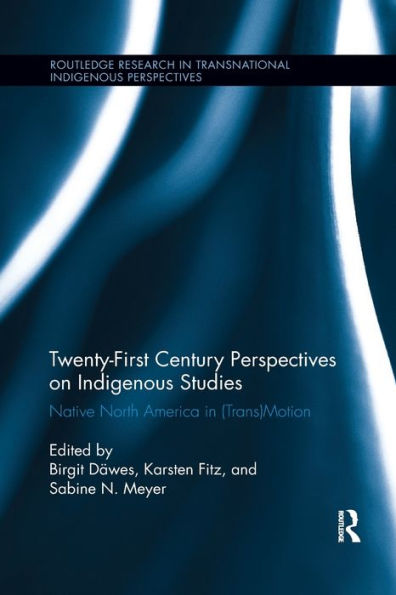Home
Native Recognition: Indigenous Cinema and the Western
Barnes and Noble
Native Recognition: Indigenous Cinema and the Western
Current price: $95.00
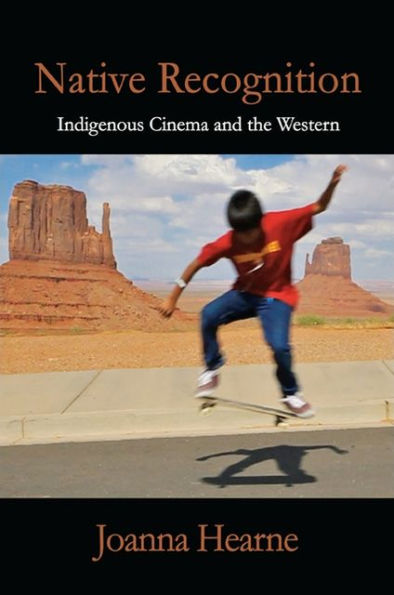

Barnes and Noble
Native Recognition: Indigenous Cinema and the Western
Current price: $95.00
Size: Hardcover
Loading Inventory...
*Product information may vary - to confirm product availability, pricing, shipping and return information please contact Barnes and Noble
In
Native Recognition
, Joanna Hearne persuasively argues for the central role of Indigenous image-making in the history of American cinema. Across the twentieth and into the twenty-first centuries, Indigenous peoples have been involved in cinema as performers, directors, writers, consultants, crews, and audiences, yet both the specificity and range of this Native participation have often been obscured by the on-screen, larger-than-life images of Indians in the Western. Not only have Indigenous images mattered to the Western, but Westerns have also mattered to Indigenous filmmakers as they subvert mass culture images of supposedly "vanishing" Indians, repurposing the commodity forms of Hollywood films to envision Native intergenerational continuity. Through their interventions in forms of seeing and being seen in public culture, Native filmmakers have effectively marshaled the power of visual media to take part in national discussions of social justice and political sovereignty for North American Indigenous peoples.
brings together a wide range of little-known productions, from the silent films of James Young Deer, to recovered prints of the 1928
Ramona
and the 1972
House Made of Dawn
, to the experimental and feature films of Victor Masayesva and Chris Eyre. Using international archival research and close visual analysis, Hearne expands our understanding of the complexity of Native presence in cinema both on screen and through the circuits of film production and consumption.
Native Recognition
, Joanna Hearne persuasively argues for the central role of Indigenous image-making in the history of American cinema. Across the twentieth and into the twenty-first centuries, Indigenous peoples have been involved in cinema as performers, directors, writers, consultants, crews, and audiences, yet both the specificity and range of this Native participation have often been obscured by the on-screen, larger-than-life images of Indians in the Western. Not only have Indigenous images mattered to the Western, but Westerns have also mattered to Indigenous filmmakers as they subvert mass culture images of supposedly "vanishing" Indians, repurposing the commodity forms of Hollywood films to envision Native intergenerational continuity. Through their interventions in forms of seeing and being seen in public culture, Native filmmakers have effectively marshaled the power of visual media to take part in national discussions of social justice and political sovereignty for North American Indigenous peoples.
brings together a wide range of little-known productions, from the silent films of James Young Deer, to recovered prints of the 1928
Ramona
and the 1972
House Made of Dawn
, to the experimental and feature films of Victor Masayesva and Chris Eyre. Using international archival research and close visual analysis, Hearne expands our understanding of the complexity of Native presence in cinema both on screen and through the circuits of film production and consumption.


